There’s a reason people from the west coast say, “Left coast, best coast.” In my opinion, us west coasters get to enjoy some of the freshest seafood, tastiest produce and most unique regional dishes.
I recently moved from Oregon to Washington for college, so I consider myself an authority on both states and the foods that are from them. The good news is there are tons to choose from. The bad news is that there will never be enough time to try them all, so I guess you’ll just have to keep coming back.
Salmon
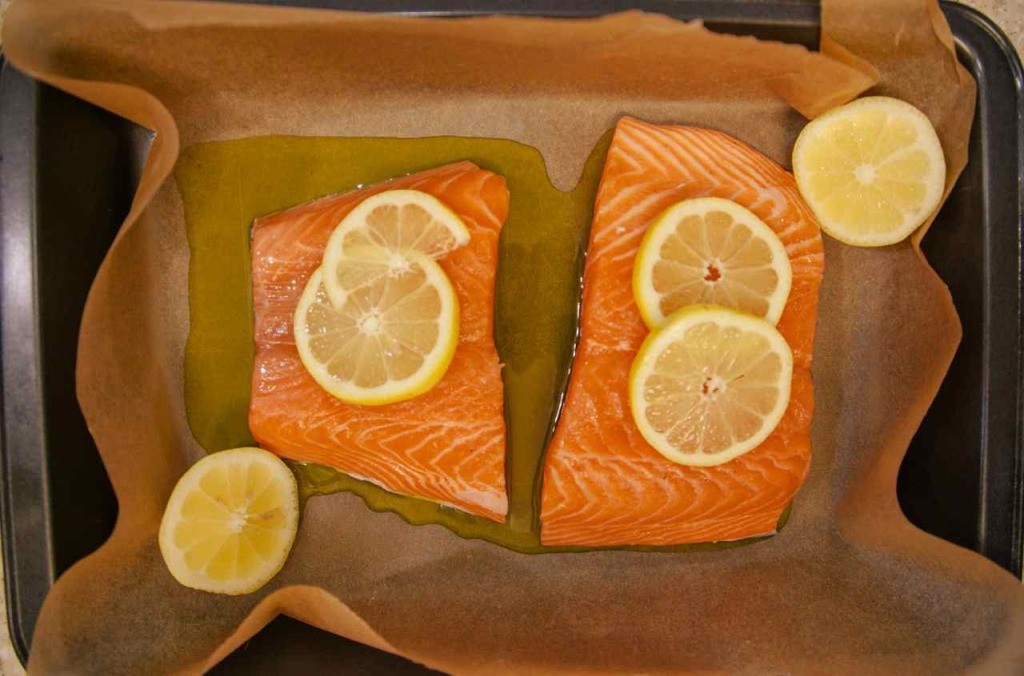
Photo by Yonatan Soler
Salmon is, in my opinion, the most versatile ocean fish out there. It can be grilled, baked, sautéed, sprinkled on top of pasta, eaten with bagels and cream cheese, and slapped between bread as a sandwich. The cold and briny waters of the Pacific produce some of the freshest Chinook (king) salmon in the country.
Because salmon is a denser fish, it can hold up to heavier sauces and cooking methods than most flakier fish can. And on top of all that, salmon is full of omega-3 fatty acids, which are good for your metabolism. So basically what I’m telling you is that you need salmon in your life. Right now, probably.
Check out this recipe to make salmon your next home-cooked meal.
Dungeness Crab
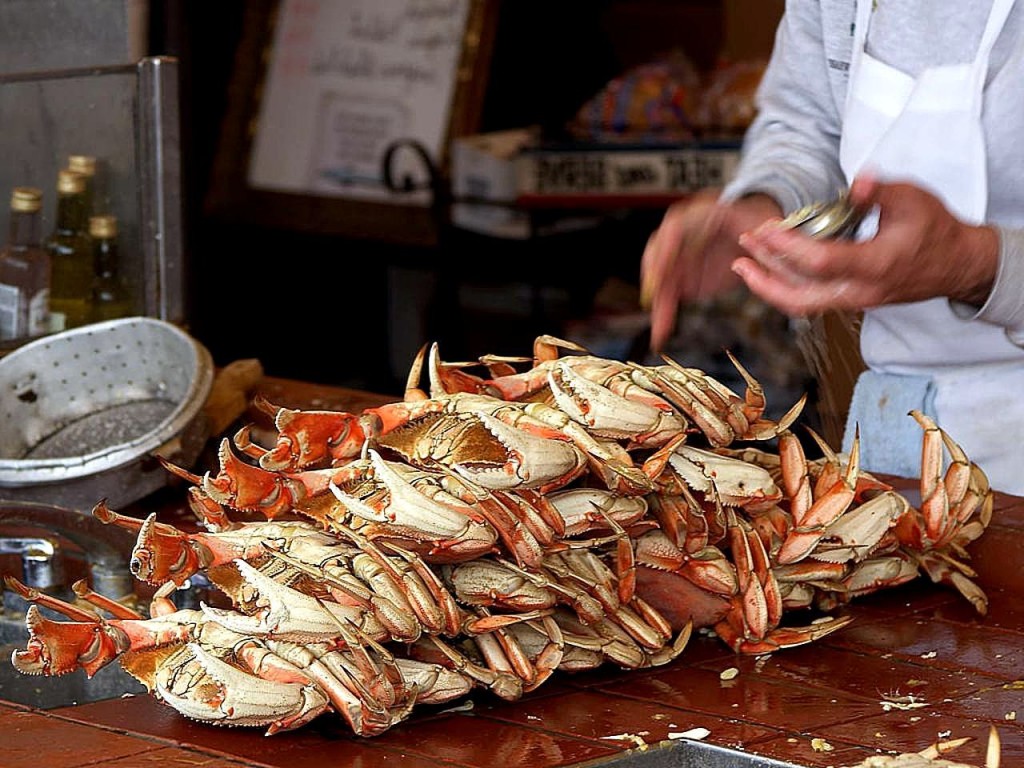
Photo courtesy of Commercial Fishery Review at flickr.com
Take every notion of crab you have and throw it deep into the ocean where it belongs. Dungeness crab has, without a doubt, the sweetest crab meat there is, and it’s native to the cold Pacific coasts of British Columbia, Washington and Oregon (it’s actually the state crustacean of Oregon). It tastes great in crab cakes or on a salad, but it tastes even better when it’s steamed and eaten with just a little bit of butter.
If you’re on the Oregon coast, stop by Sharks Seafood Bar & Steamer Co. in Newport. They steam up their crab fresh daily, and their cioppino (seafood stew) is hard to beat.
Huckleberries
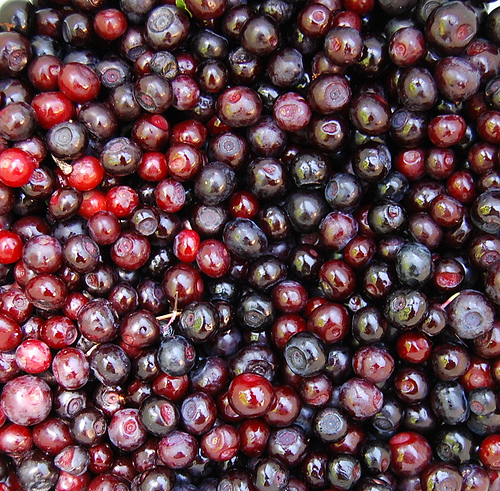
Photo courtesy of Naturgurl64 at flickr.com
Huckleberries are a true mountain region treat. You can find them in eastern Oregon and Washington at higher elevations, so take advantage of them while you can: they aren’t grown commercially, so you won’t be able to find huckleberries in grocery stores.
They’re similar to a blueberry, but are usually redder in color and their flavor is much more tart. These little flavor bombs make an awesome syrup for pancakes, a wicked cobbler, and can even be infused into vodka. Your move, blueberries.
Marionberries
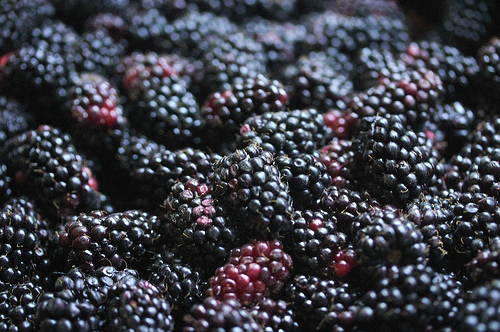
Photo courtesy of foliosus at flickr.com
If you’ve never heard of a marionberry, never fear. They’re only grown in Oregon, and specifically in the lush and fertile Willamette Valley. Marionberries are blackberry hybrids that were engineered at Oregon State University in 1945. They’re named for Marion County, where they were first introduced.
Technicalities aside, marionberries are delicious and flavorful. Dubbed the “cabernet of berries” for their rich and earthy flavor. They are incredibly sweet and avoid that slight bitterness that some blackberries are unfortunate enough to develop. They’re in season in July and August, and around this time, the state will explode with marionberry flavored treats like syrup, ice cream and salads.
Pick some up next time you’re in Oregon and try your hand at making this marionberry milkshake. It calls for blackberries, but once you get your hands on some marioberries, you’ll know which one to use.
Walla Walla Onions
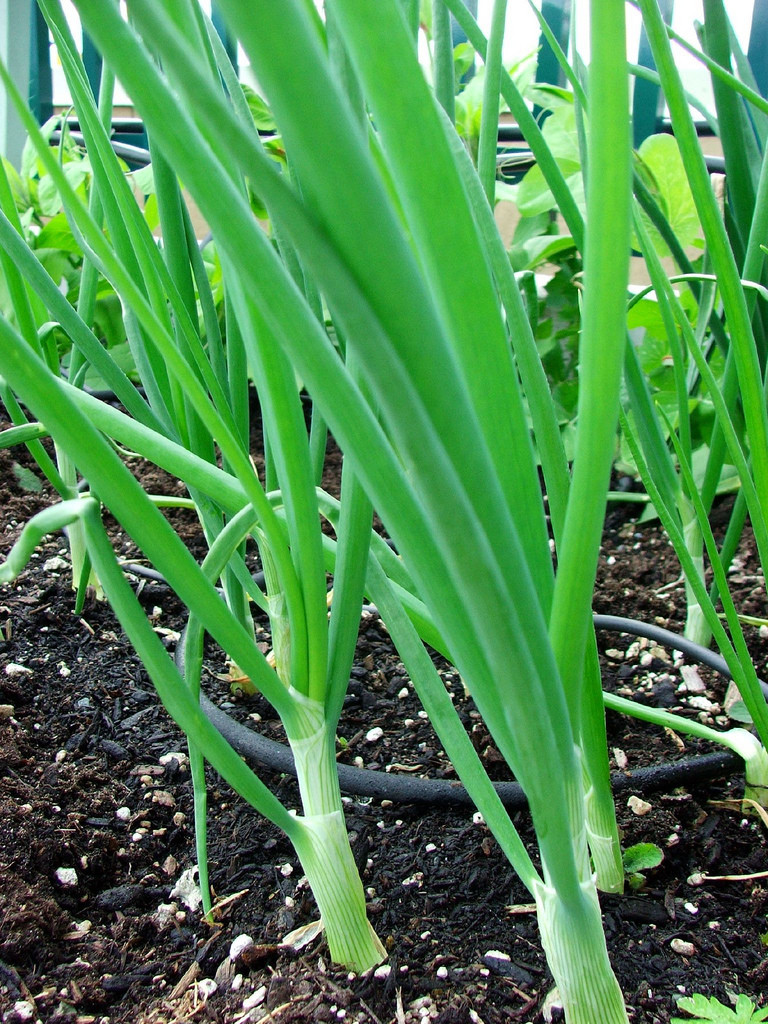
Photo courtesy of sweenonions.org
Walla Walla onions, or sweet onions, are native to the small county of Walla Walla in southeastern Washington. They’re small and sweet and (hopefully) won’t make you cry when you cut them, which is always a bonus.
The area is proud of their onions and has held a festival to celebrate them since the beginning of the 20th century. These sweet little guys are best eaten raw or slightly cooked, so try them on pizza or sandwiches or in salads.
Rainier Cherries
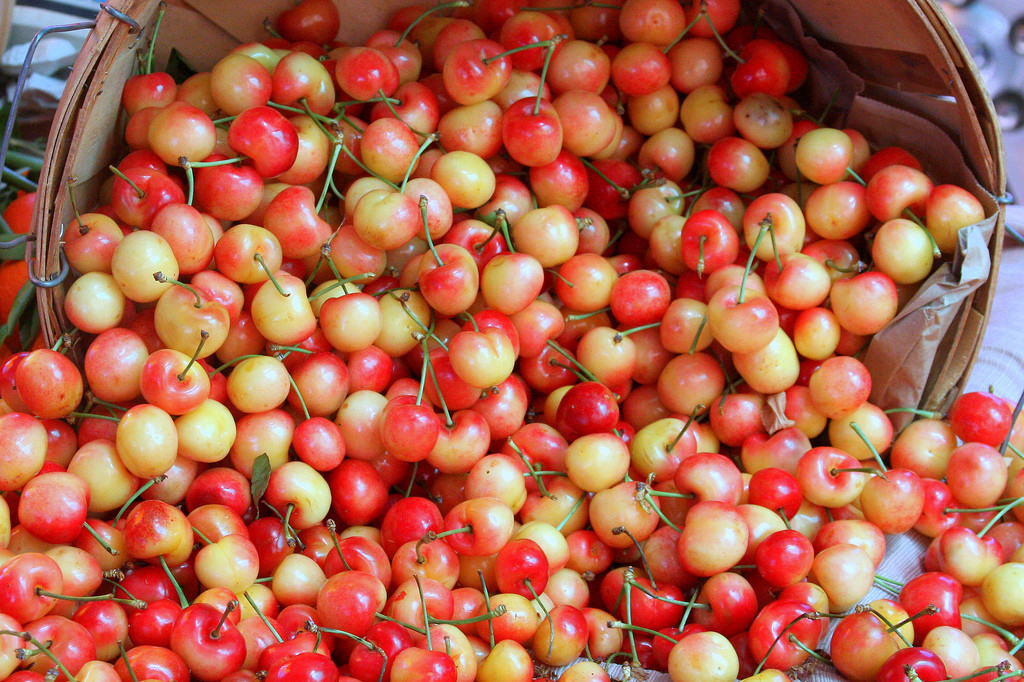
Photo courtesy of kandykawaii at flickr.com
Rainier cherries are named for the tallest mountain in the Cascade range, located about 50 miles southeast of Seattle. These multicolored beauties are creamy and sweet and are usually much pricier than regular cherries during peak season. I like to eat them by the handful while I’m driving through the state, but they also taste great in desserts.
Apples
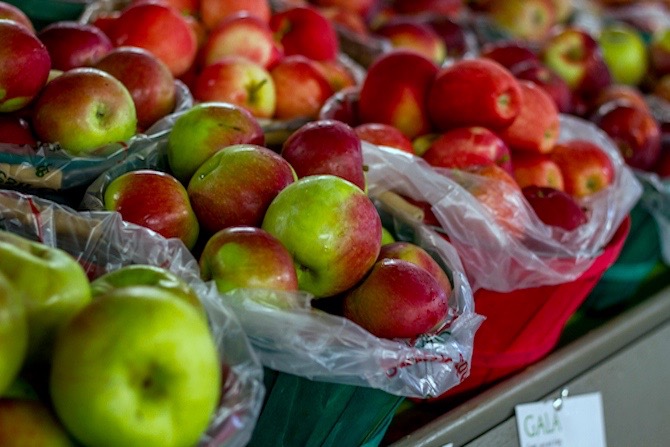
Photo by Persa Lotfi
Yes, I know, you’re probably thinking, “Apples? Really? How generic….” But I’m here to tell you that even though you can get apples in every grocery store in America, you can get the very best apples in Washington.
The state proudly grows nine varieties of apples, including gala, honeycrisp, and over half of the US’s supply of red delicious. It’s common to see fruit stands along the side of the road and my advice is to stop: You just might end up with a pound of cheap, sweet Washington apples.
If you’re driving through Bothel near Yakima, be sure to take a pit stop at this historically-popular fruit stand.
Chanterelle Mushrooms
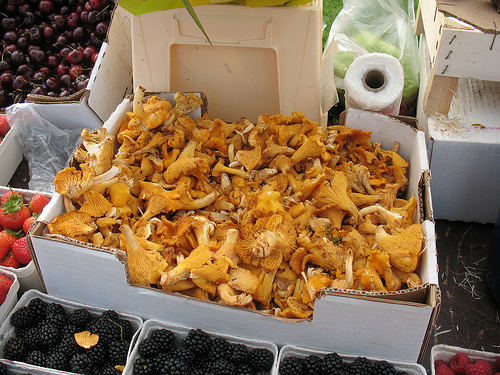
Photo courtesy of Vilseskogen at flickr.com
Chanterelle mushrooms are some of the highest quality mushrooms you can buy. They grow in clusters in the mossy undergrowth of pine forests and are collected by hand every fall in the old growth forests of the region. Chanterelles have a rich, earthy flavor and are perfect for winter stews and sauces.
If you’ve got the cash to drop, there are companies that will take you out foraging for your own. If you’ve got substantially less cash (because let’s face it, you’re in college), you can pick up some at most specialty grocery stores.
Hazelnuts
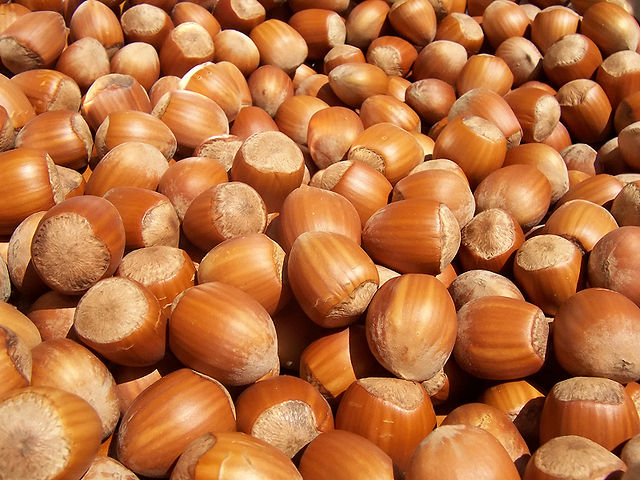
Photo courtesy of wikipedia.com
I’m sure you’ve seen (shelled) hazelnuts floating around in the dish of mixed nuts on your grandma’s kitchen counter. Not surprisingly, these nuts come from the hazel tree and are grown only in the Pacific Northwest, though they’re usually called filberts there.
#SpoonTip: Avoid looking like an outsider and just call them filberts. I promise it’ll help.
Lots of hazelnuts are used in a ground-up form as a mock flour in baking. To satisfy your sweet tooth, they are also used for making praline and lots of different kinds of truffles. If you’re a fan of Ferrero-Rocher, you’re a fan of hazelnuts.
Coffee
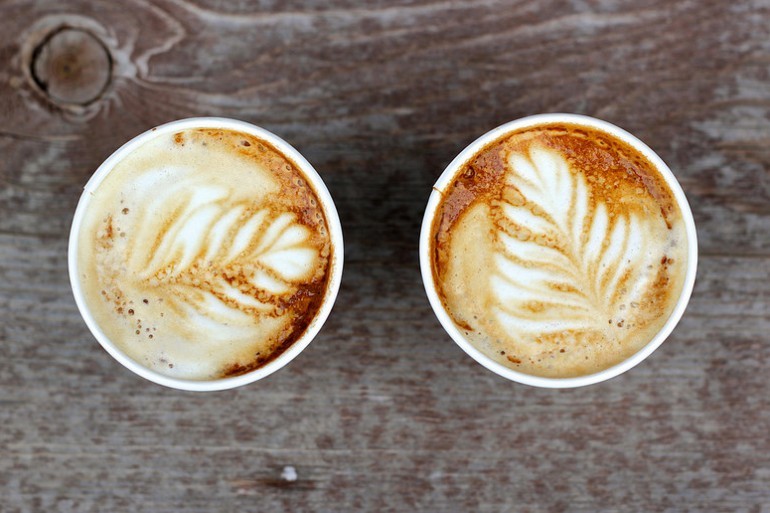
Photo by Gabby Phi
Yes, Seattle is known for being the home of Starbucks, but it’s also home to some of the best local coffee shops in the country. Some shops offer specialty lattes or mochas, using flavors like lavender or spicy chocolate. Pop into a corner café for an awesome cup of coffee and support local business as well.
Some highly-rated shops in Seattle include Storyville Coffee Company and Ugly Mug Cafe & Coffee Roasters. And if you’re in Portland, try Ovation Coffee & Tea in the Pearl District or Coffeehouse Northwest on Burnside.
Booze
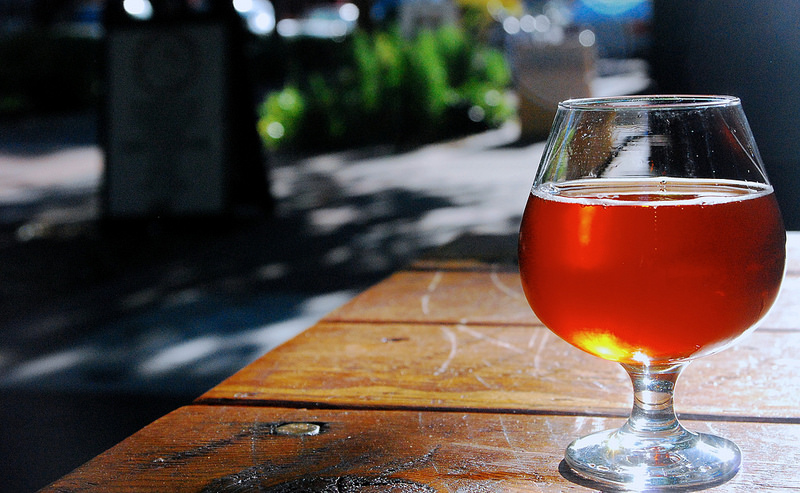
Photo by Judy Holtz
I know, I know, booze definitely doesn’t count as food (although if you’re in college, it might). But the Pacific Northwest is home to some of the best beer and wine in the country. The lush Willamette Valley and the rich soil of Walla Walla produce some of the best pinot gris, pinot noir, reisling and chardonnay available.
If you’re more into hops, fear not. Breweries are abound in these two states and you’re bound to find a stout, ale or IPA you like. There are craft breweries all over Oregon and Washington, and breweries are churning out some seriously creative brews. According to Thrillist, Oregon was ranked the booziest state in America. Cheers!
If you find yourself in Central Oregon, check out Bend, home to some of the highest-rated craft breweries in the state.
If the alcohol itself doesn’t send you running to the upper left of the country, well it should. And if it still doesn’t, head over there anyway for some awesome seafood and produce.


